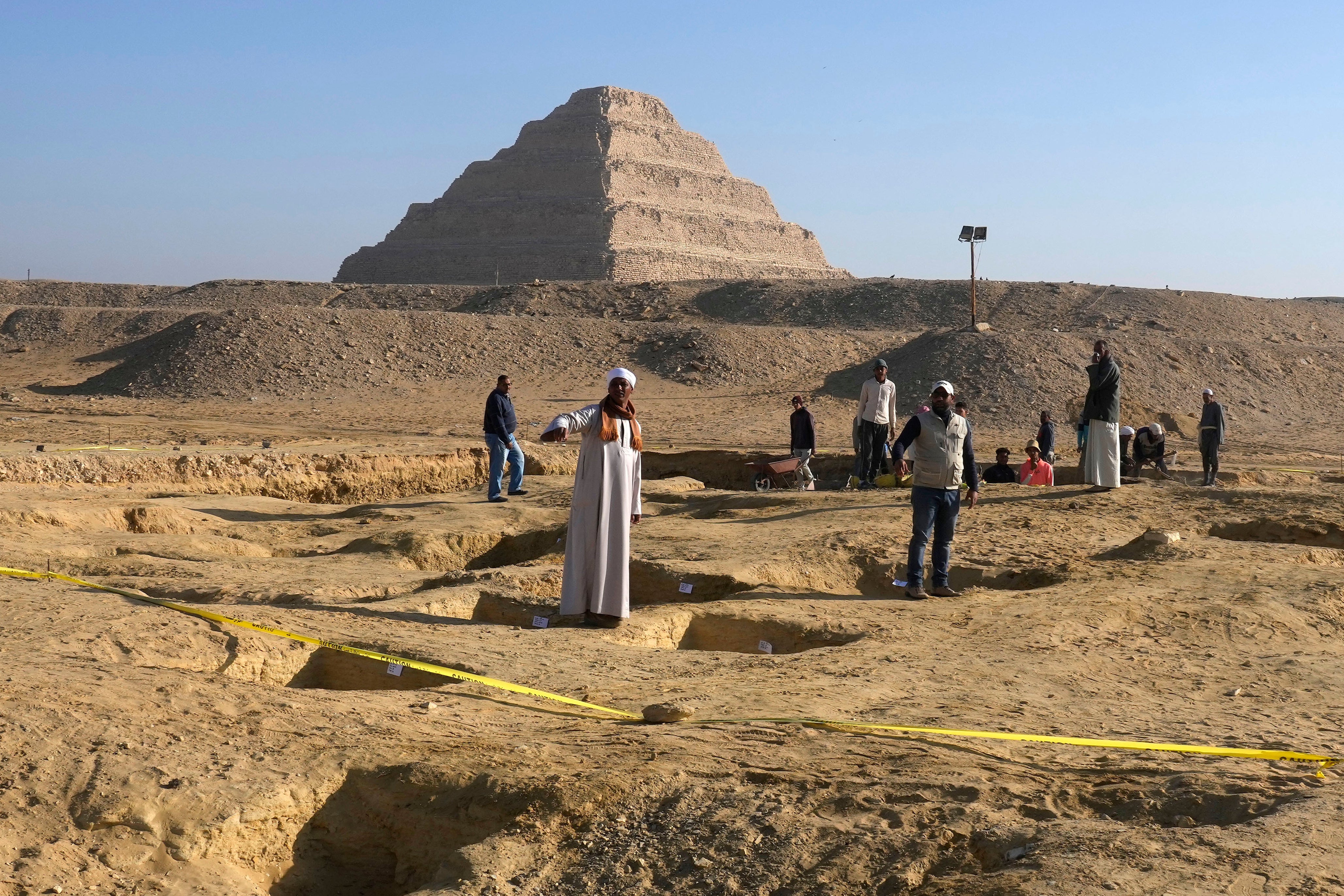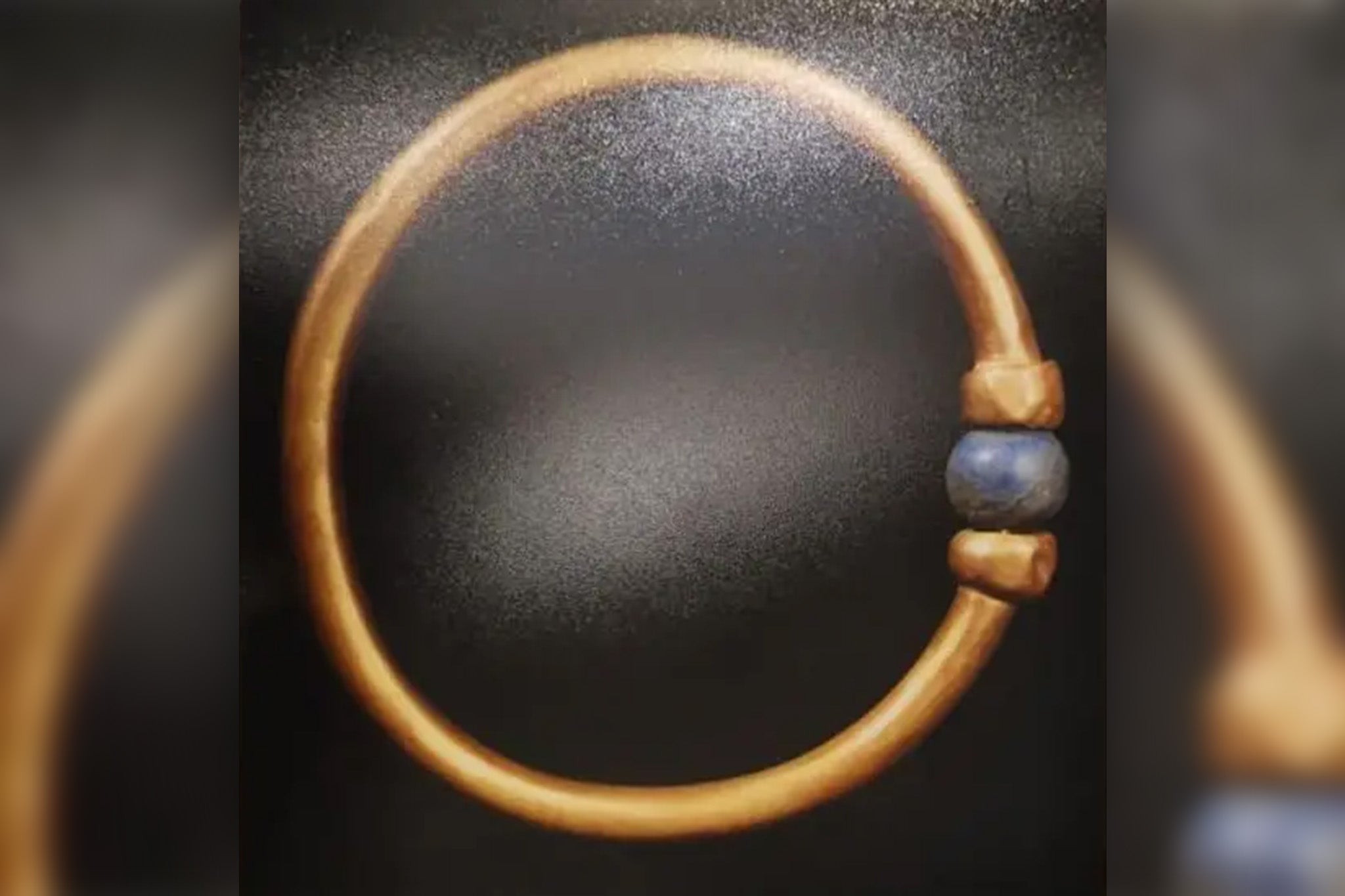A 4,000-year-old pharaonic painting has vanished from Egypt’s famed Saqqara necropolis, the latest artefact to disappear in mysterious circumstances.
The limestone relief appeared to have been cut out of the wall of the ‘cursed’ ancient tomb of Khentika in the Saqqara necropolis outside Cairo, according to local media.
A British mission working in the tomb discovered the painting was missing in May, according to Cairo 24, but officials only publicised its disappearance on Sunday.
An archaeology committee has now been brought together to draw up an inventory of everything in the tomb, and the Ministry of Tourism and Antiquities assured that the issue had been referred for investigation.

Egyptian media reported that the painting exhibited the ancient Egyptian calendar that divided the year into three seasons, mirroring the Nile River’s ebb and flow.
Measuring around 16 x 24 inches, it included the flooding season, Akhet, the planting season, Proyat, and the harvest season, Shomu.
The tomb is one of the few mastaba tombs of ancient Egypt to have a curse inscribed on its facade. The inscriptions warned intruders they could face divine punishment, according to British Egyptologist Harry James, who co-authored a research paper on the tomb in the 1950s.
The mastaba tomb was found in the 1950s and hasn’t been opened since 2019. It dates back to the sixth dynasty of the ancient Old Kingdom – from around 2700 B.C. to 2200 B.C.
The Saqqara site is part of a sprawling necropolis at Egypt’s ancient capital of Memphis that includes the famed Giza Pyramids, the step pyramid of Djoser, as well as smaller pyramids at Abu Sir, Dahshur and Abu Ruwaysh.
The ruins of Memphis were designated a UNESCO World Heritage site in the 1970s.
The relief’s disappearance only emerged after officials said a 3,000-year-old golden bracelet stolen from a museum by a restoration worker had been sold and melted down.

Tourism and Antiquities Minister Sherif Fathy said in televised comments late on Saturday that the bracelet was stolen on September 9 while officials at the museum were preparing artefacts for an exhibit in Italy.
He blamed “laxity” in implementing procedures at the facility and said that prosecutors were still investigating.
The bracelet, containing a lapis lazuli bead, belonged to Pharaoh Amenemope, who reigned about 3,000 years ago.
Authorities said it was taken from a restoration lab at the museum and then funnelled through a chain of dealers before being melted down.
Four suspects were arrested and questioned, including a restoration specialist at the museum, the Interior Ministry said.
According to the Interior Ministry, the restoration specialist who was arrested confessed to giving the bracelet to an acquaintance who owns a silver shop in Cairo’s Sayyeda Zainab district.
It was later sold to the owner of a gold workshop for the equivalent of about $3,800. It was eventually sold for around $4,000 to a worker at another gold workshop, who melted the bracelet down to make other gold jewellery.


